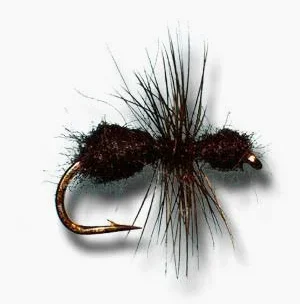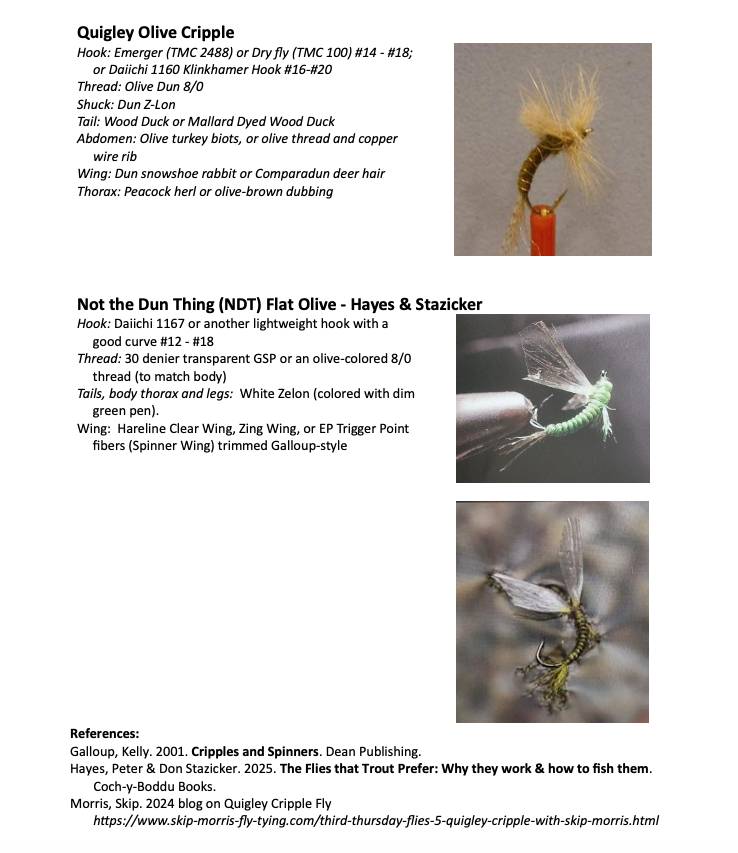If there is just one meeting a year that your busy schedule allows you to attend, this is the one! It is time for our annual potluck dinner and auction on Thursday, Dec. 11, at the Whippany American Legion beginning at 7:30pm. This event is not only one of our biggest fundraisers, it is also a great time with lots of good food and good bargains.
Potluck Dinner - Please bring an entree or dessert to be shared. If you cannot or do not cook, feel free to buy and bring something such as pizza, wings, a cold cut platter, fried chicken, etc. or a dessert. Paper plates, napkins, forks, knives, and serving utensils are always needed as well.
Auction - Bring your extra fishing items, gently used equipment, fly tying materials/tools, and clothing to be auctioned off. Once again our auctioneer will be Big Daddy Jim Langell. Please be sure that the items you wish to donate for the auction are in reasonably good condition. If your item does not sell, you will need to take it back home. No junk, please!
Come out and enjoy a fun night as we celebrate our accomplishments of the past year and the holiday season! Please bring cash or your checkbook.
Hope to see you there!






